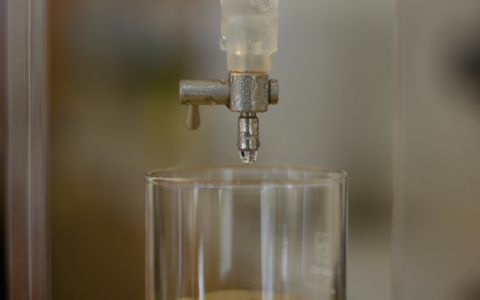The analysis of six sampled eggs collected near the Dandora dumpsite revealed that the concentration of dioxins in the eggs was six times higher than the European Union (EU) dioxin limit for eggs. In addition to that, the samples exceeded the proposed limits for polychlorinated biphenyls (PCBs) more than four times. Those are the main findings of the study conducted by Arnika Association in collaboration with the organisation ENVILEAD from Kenya and the international network IPEN. The study is part of the global research on dioxins and similar toxic substances in the chicken eggs, collected from potentially polluted places in 17 countries. Its results will be presented at the end of April.
"It is obvious that the dioxins represent the most dangerous contaminant in the sampled eggs from the Dandora dumpsite. However, the levels of PCBs and hexachlorobenzene (HCB) are alarming as well and cannot be overlooked. The levels of PCBs in eggs from Dandora, expressed in WHO-TEQ, were lower than those found in the samples from Lysá nad Labem (CZ), but higher than those found in Uzbekistan, or in Dutch organic farms, " commented the main author of the study, Jindřich Petrlík from Arnika Association. The burning of the waste on the dumpsite, mainly the PVC waste or any other chlorine-containing materials, is considered as the main source of dioxins by the experts in Arnika Association.
Photo gallery of the Dandora dumpsite from the end of 2004.
The complete study in English can be downloaded here .







